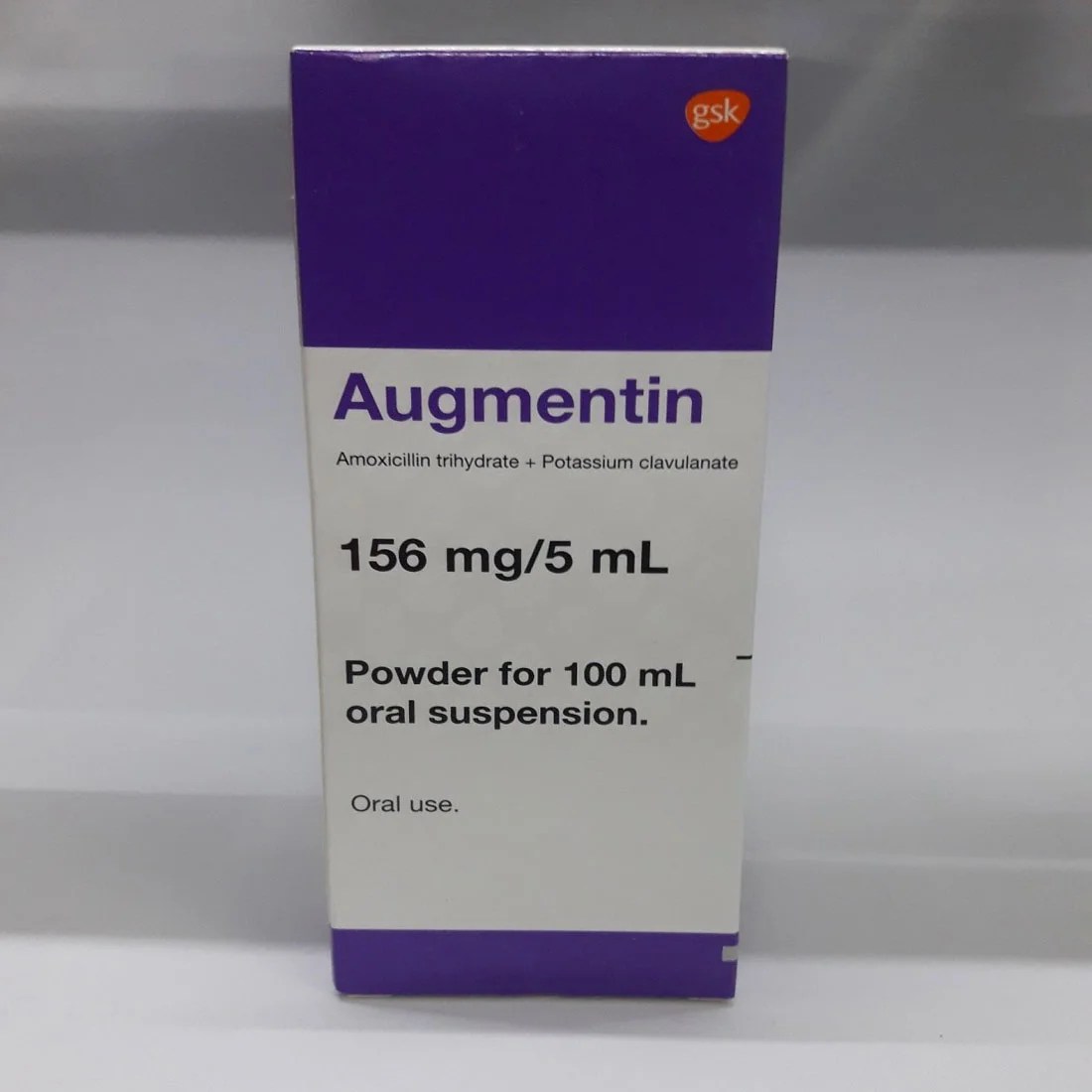Is your child prescribed Augmentin? Ensuring they receive the correct dose is crucial for effective treatment and minimizing potential side effects. This comprehensive guide provides step-by-step instructions on using a pediatric Augmentin dose calculator, understanding dosage guidelines, and addressing common concerns. Remember, this guide supplements, but does not replace, professional medical advice. Always consult your child’s pediatrician or another qualified healthcare provider for personalized guidance.
Understanding Augmentin and Its Importance
Augmentin, a combination of amoxicillin and clavulanate potassium, is a commonly prescribed antibiotic for children. Amoxicillin, a penicillin-type antibiotic, fights bacteria, while clavulanate potassium prevents bacteria from becoming resistant to amoxicillin. Accurate dosing is vital because a child’s body processes medication differently than an adult’s. Under-dosing may lead to treatment failure and antibiotic resistance, while overdosing increases the risk of side effects. This guide, along with an Augmentin pediatric dose calculator, helps ensure your child receives the correct amount of medication. [https://chaztin.com/]
Factors Influencing Dosage
Several factors determine the appropriate Augmentin dosage for a child. Weight is the most crucial, as it dictates the concentration of medicine in the bloodstream. Age, particularly for infants under three months, also plays a role, as their organs may not process medication as efficiently. The type and severity of the infection also influence dosage, with more severe infections potentially requiring higher doses or longer treatment durations. Finally, kidney function is important, as impaired kidney function may necessitate dosage adjustments. [https://chaztin.com/]
Types of Augmentin and Dosage Guidelines
Augmentin is available in various forms for children:
- Oral Suspension: Ideal for younger children who have difficulty swallowing pills, the dosage is typically 40-90 mg/kg/day, divided into two or three doses.
- Chewable Tablets: Convenient for children who can chew and swallow solids, these are usually dosed at 250-500 mg, two or three times a day.
- Extended-Release Tablets: Generally prescribed for older children and adults, these provide a slow release of medication, often dosed at 1000 mg once a day.
Remember, these are general guidelines. Ongoing research may lead to updated recommendations. Always consult your child’s doctor or pharmacist for personalized dosage instructions. [https://chaztin.com/]
Using the Augmentin Pediatric Dose Calculator
An Augmentin pediatric dose calculator simplifies accurate dosing.
Step 1: Find a Reputable Calculator: Choose a calculator from a trusted source, such as a reputable children’s hospital or medical organization website. [https://chaztin.com/]
Step 2: Gather Information: Obtain your child’s weight in kilograms (or convert from pounds). Note the prescribed Augmentin concentration (mg/ml) and dosing frequency. [https://chaztin.com/]
Step 3: Input the Data: Enter the collected data into the designated fields of the calculator. Double-check for accuracy to prevent errors. [https://chaztin.com/]
Step 4: Interpret the Results: The calculator will provide the recommended dose, usually in milliliters (ml), and specify the total daily dose and frequency. Some calculators also provide the equivalent dose in tablets. Always confirm the results with your pediatrician or pharmacist before administering the medication. [https://chaztin.com/]
Safety Tips and Precautions
While Augmentin is generally safe, precautions are necessary:
- Consult a Doctor: Always discuss Augmentin use with your child’s doctor, especially if they have allergies, pre-existing conditions, or are taking other medications. [https://chaztin.com/]
- Complete the Course: Finish the entire prescribed course, even if symptoms improve, to prevent recurrence and antibiotic resistance. [https://chaztin.com/]
- Proper Storage: Follow storage instructions on the bottle, usually recommending a cool, dry place. [https://chaztin.com/]
- Monitor for Side Effects: Be vigilant for potential side effects, such as diarrhea, nausea, rash, or allergic reactions. If any side effects occur, contact your doctor immediately. [https://chaztin.com/]
Potential Side Effects and When to Seek Medical Attention
Most side effects are mild and temporary, but vigilance is essential. Common side effects may include:
- Diarrhea, Nausea, or Vomiting: Encourage fluid intake and offer bland foods. If severe or persistent, contact your doctor.
- Rash or Itching: Apply a cool compress or oatmeal bath. Avoid tight clothing. If the rash worsens, consult your doctor.
Serious side effects are rare but require immediate medical attention:
- Allergic Reactions: (e.g., hives, difficulty breathing, swelling) – Seek immediate medical help (call 911).
- Liver Problems: (e.g., jaundice, dark urine) – Contact your doctor immediately.
- Kidney Problems: (e.g., changes in urination, swelling) – Contact your doctor immediately. [https://chaztin.com/]
Beyond the Calculator: Additional Tips for Parents
- Allergies: Confirm that your child is not allergic to penicillin before starting Augmentin. [https://chaztin.com/]
- Other Medications: Inform your doctor of all other medications your child is taking to avoid potential drug interactions. [https://chaztin.com/]
- Missed Doses: If a dose is missed, administer it as soon as possible, unless it is close to the next scheduled dose. Do not give a double dose.
- Spit-Up/Vomiting After Dosage: If your child vomits shortly after taking Augmentin, consult your doctor before giving another dose.
- Switching Between Brands: While the active ingredients are the same, minor formulation differences may exist. Consult with your doctor or pharmacist before switching brands to ensure consistency.
This comprehensive guide provides essential information for using the Augmentin pediatric dose calculator, understanding dosage guidelines, and addressing potential side effects. Remember, consulting with your child’s doctor or other healthcare professional remains crucial. Always seek their expertise for personalized advice tailored to your child’s specific needs and medical history. While calculators are useful, it’s better to be safe than sorry!
- The Best Bento Box Price For Your Perfect Packed Lunch - December 15, 2025
- Bento Box Shopping Tips for Smart and Stylish Lunch Prep - December 14, 2025
- Bento Box Trays Streamline Restaurant Meal Presentation and Transport - December 13, 2025










